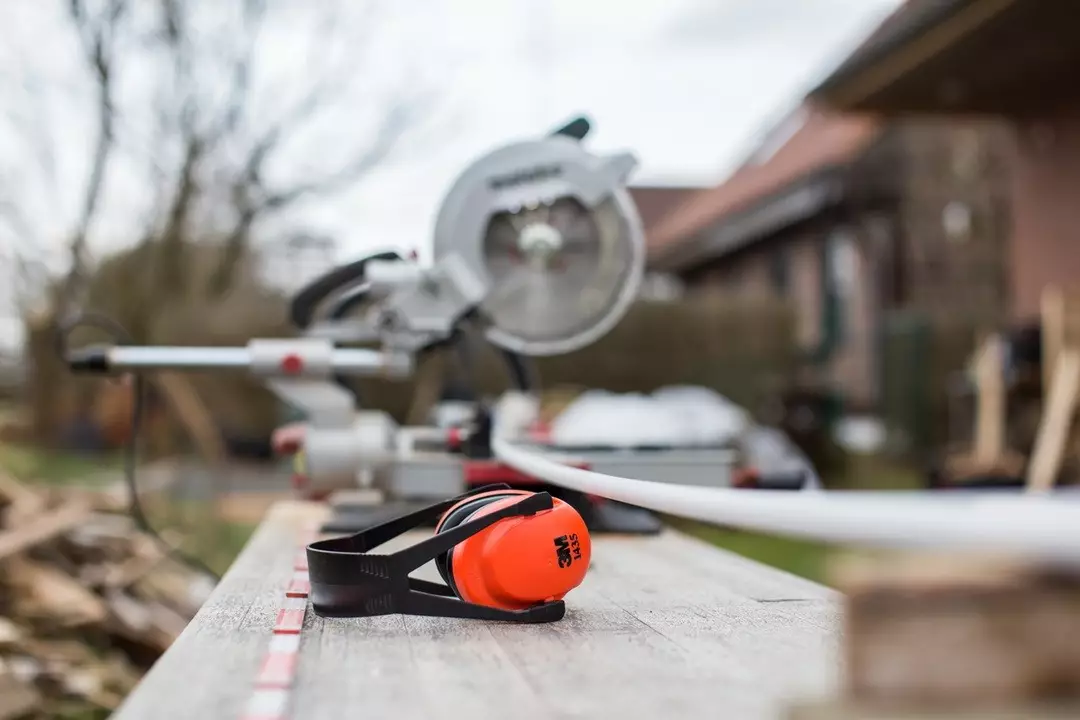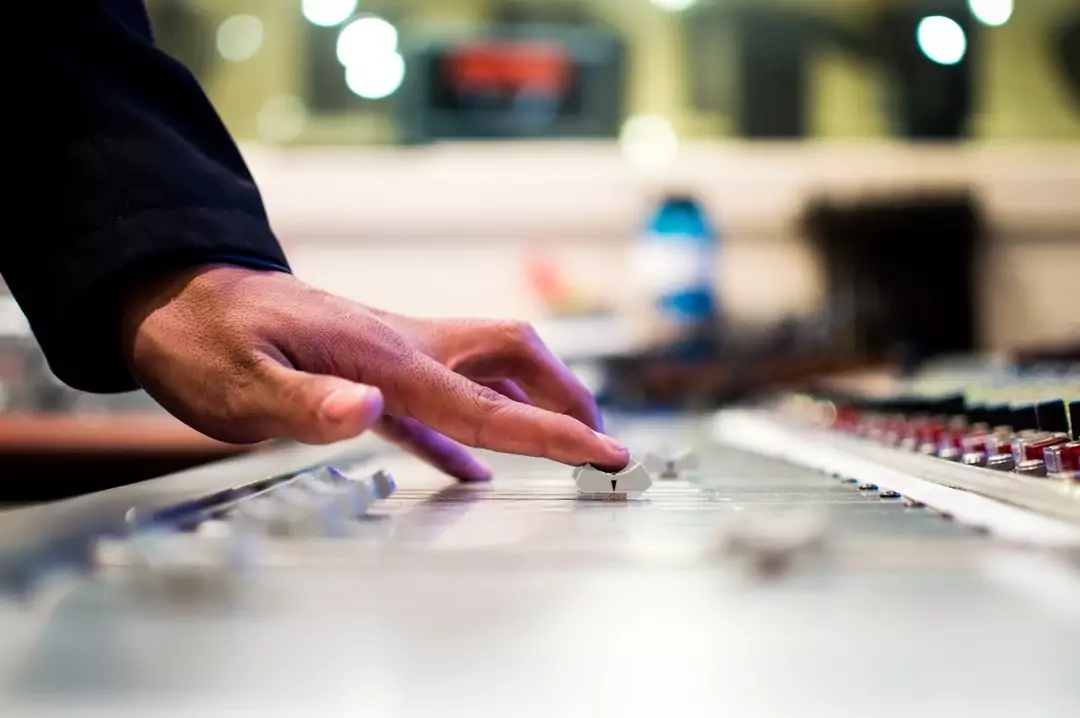Preventing Occupational Hearing Loss

Millions of Americans suffer from hearing loss. A 2011 study lead by researchers from John Hopkins University found that close to 20% of Americans over the age of 12 suffer from hearing loss. Moreover, among this population, 30 million report hearing loss in both ears and 48 million report hearing loss in one ear. Not surprisingly more adults than children and teens suffer from hearing loss and more people over the age of 60 suffer from hearing loss than people under 60. While age is one factor, however, it is important to recognize that hearing loss is frequently caused on the job. Indeed, occupational hearing loss is considered a major culprit in the rising rates of hearing loss across the nation and as workers stay on the job longer, many into their 70s, the likelihood of working with a coworker whose hearing is already impaired continues to increase too. Today’s post examine what hearing loss is, its common causes, and how to prevent occupational hearing loss by ensuring all workers have the necessary education and training to protect themselves on the job.

By definition, what is hearing loss or a hearing impairment?
The Centers for Disease Control and Prevention (CDC) defines hearing impairments as “conditions that affect the frequency and/or intensity of one’s hearing.” Notably, there is a difference between being hearing impaired and “deaf”. As stated by the CDC, while Deaf individuals:
Do not hear well enough to rely on their hearing to process speech and language…Individuals with mild to moderate hearing impairments may be ‘hard of hearing,’ but are not ‘deaf.’ These individuals differ from deaf individuals in that they use their hearing to assist in communication with others.
Categorizations for hearing impairments include mild, moderate, severe, or profound but because many people with hearing impairments continue to “get by,” they also go undiagnosed. This means that the numbers of hearing impaired individuals in the United States is likely even higher than the already extremely high numbers noted above.
What causes hearing loss?
While many things can cause hearing loss, including childhood diseases and pregnancy, the most common culprit is prolonged exposure to sounds above 80 decibels (dB). By definition, a decibel is a measurement of the loudness or strength of a sound vibration. In short, anything above 80db may cause vibrations that are intense enough to damage the inner ear and lead to hearing loss. The more frequently these dangerous exposures happen, the more likely one is to experience hearing loss over time. As a result, occupational hearing loss, which involved repeated exposures to the same loud sounds, is a major threat. To put this into perspective consider the average decibels attributed to the following work related sounds:
- A large truck 5 yards away: 90 dB
- A smaller engine (e.g., motorcycle): 85-90 dB
- Jack hammer (3 feet away): 100 dB
- Jet engine (100 feet away): 130 dB

How to prevent occupational hearing loss?
Construction, aerospace, manufacturing and agricultural workers are especially at risk of hearing loss on the job. However, so are people in a range of other professions. Musicians and people who work in the music industry are also at risk (the average rock concert blasts out at 100dB). Fortunately, there are ways to prevent occupational hearing loss and naturally, prevention starts with proper training.
- Ensure all your employees are aware of hearing protection equipment (e.g., earplugs or earmuffs)
- Ensure all your employees know when to wear hearing protection equipment and how to wear it properly.
- Encourage employees to limit their exposures to loud sounds.
- Train employees to monitor their own hearing (e.g., do they hear ringing or buzzing in their ears, do they have difficulty making out people’s conversations, do they experience a “fullness” in their ears after leaving a noisy place) and to take action if they identify any problems.
For more on occupational hearing loss and its prevention, also see eLeaP’s training video: Hearing: Are you listening, Jim?
Don’t Miss These Essential Tools